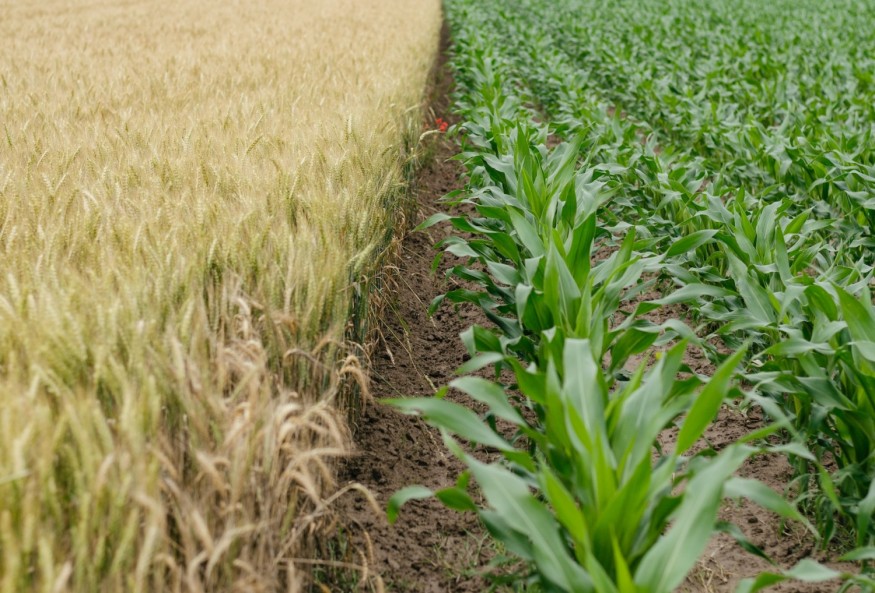
Introduction
In the ever-evolving field of agriculture, increasing crop yield is a constant endeavor for farmers worldwide. With a growing global population and the need to meet food demands, maximizing productivity has become crucial. In this article, we will explore some of the most commonly used methods employed by farmers to enhance crop yield. These methods encompass various techniques and practices that have proven effective in increasing agricultural output and ensuring food security.
Improved Crop Varieties
One of the primary ways to increase crop yield is through the utilization of improved crop varieties. Plant breeding and genetic engineering techniques have enabled the development of high-yielding varieties that are resistant to pests, diseases, and environmental stressors. These improved varieties exhibit traits such as higher yield potential, improved nutritional content, and enhanced adaptability to diverse growing conditions.
Precision Farming Techniques
Precision farming involves the use of technology and data-driven approaches to optimize agricultural practices. Farmers employ techniques such as global positioning systems (GPS), remote sensing, and data analytics to precisely manage inputs such as water, fertilizers, and pesticides. By applying these inputs in a targeted manner, farmers can minimize waste, optimize resource utilization, and maximize crop yield.
Irrigation Management
Efficient irrigation management plays a crucial role in maximizing crop yield, especially in regions prone to water scarcity. Farmers employ various techniques such as drip irrigation, sprinkler systems, and moisture sensors to ensure that crops receive adequate water without excessive wastage. By delivering water directly to the plant roots and monitoring soil moisture levels, farmers can optimize water usage and promote optimal crop growth.
Soil Fertility Management
Maintaining optimal soil fertility is essential for achieving high crop yields. Farmers employ practices such as regular soil testing, nutrient management, and organic matter incorporation to enhance soil health. By ensuring that essential nutrients are available in adequate quantities and maintaining a balanced soil pH, farmers can provide optimal growing conditions for their crops, leading to increased productivity. If you are wondering how to increase yield, then understand the significance of soil fertility management.
Integrated Pest Management (IPM)
Pests and diseases can significantly impact crop yield if left uncontrolled. Integrated Pest Management (IPM) involves a holistic approach that combines various strategies to manage pests effectively. Farmers use techniques such as biological control, cultural practices, crop rotation, and judicious use of pesticides to minimize pest damage while reducing reliance on chemical inputs. By adopting IPM practices, farmers can protect their crops from yield-reducing pests while minimizing the impact on beneficial organisms and the environment.
Crop Rotation and Diversification
Crop rotation and diversification are practices that involve growing different crops in a specific sequence or mixing different crops within the same field. These practices offer several benefits, such as breaking pest cycles, reducing soil erosion, improving soil fertility, and minimizing weed pressure. By incorporating crop rotation and diversification into their farming systems, farmers can optimize resource utilization, reduce pest and disease risks, and enhance overall crop yield.
Adoption of Modern Machinery and Technologies
The utilization of modern machinery and technologies has revolutionized farming practices, enabling farmers to increase efficiency and productivity. Tractors, harvesters, seeders, and other farm machinery have streamlined operations, saving time and labor. Additionally, technologies such as drones, satellite imagery, and farm management software provide valuable insights and data-driven decision-making capabilities, allowing farmers to optimize their practices and maximize crop yield.
Conclusion
As the demand for food continues to rise, increasing crop yield is imperative for sustainable agriculture and global food security. Through the adoption of improved crop varieties, precision farming techniques, efficient irrigation management, soil fertility management, integrated pest management, crop rotation, and the use of modern machinery and technologies, farmers can optimize their agricultural practices and achieve higher productivity levels.












